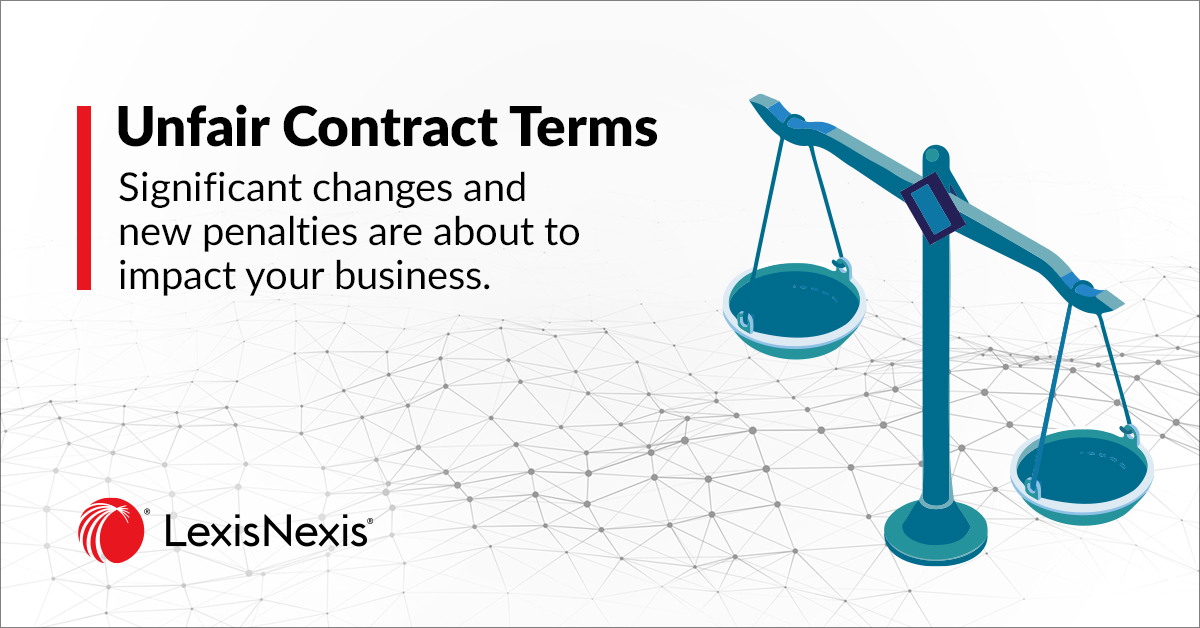
Understanding your contracts with workers
03 May 2022 05:36
By Yoness Blackmore
The contract is in the driving seat, but who is in control, where are we going and, most importantly, how do we get there safely?
Two recent High Court decisions, Construction, Forestry, Maritime, Mining and Energy Union v Personnel Contracting Pty Ltd [2022] HCA 1; BC202200585 and ZG Operations v Jamsek [2022] HCA 2; BC202200580 said it is the contract which decides if a worker is an employee or a contractor.
Contract comes first
Previously, courts considered real-life circumstances when deciding if staff were contractors or employees, as well as the terms of the contract, through a “totality” or “multi-factorial” lens. Courts had regard to the terms of the contract but also the realities of the situation demonstrated by the subsequent conduct of the parties.
Following the High Court’s decisions, it is now only the “clear and comprehensive” contract which drives the analysis, except if there is evidence of sham contracting, a separate contract or of contractual variations.
An independent contractor relationship will exist if the contract’s terms demonstrate a person is carrying on a business on their own account.
However, if the business retains a right of control over how, when and where the contractor works, there will likely be an employment relationship.
The fact that the parties contractually agree the status of the relationship is of little consequence.
The contract is as the contract does
On its face, this approach provides certainty for business.
However, will businesses be comfortable with the contractor retaining the rights to how, where and when they do the work? I would suggest not.
For many businesses, this may be unacceptable because they need to control how work is done by workers or to satisfy work health and safety duties. Also, not controlling the work of contractors may jeopardise related but separate contractual arrangements with third parties, for example, between labour hire companies and host clients.
But wait, there’s more...
There is also a sting in the tail, with the Full Federal Court still to decide whether the independent contractors providing truck services through partnership arrangements were entitled to superannuation guarantee contributions as “workers”. This may open up another can of worms.
Let’s not forget the class actions. Unions may commence proceedings against businesses with existing employee-like contractor arrangements, seeking back payments of employment entitlements. This risk is real, noting the labour hire agency featuring in Personnel Contracting has decided to shift its business model which had previously relied on independent contractor arrangements and is now engaging workers as casual employees.
And for businesses who seek to compel existing “contractors” to move to shiny new contracts? How do they navigate the sham contracting provisions if those contractors are actually employees at law?
Where are we now?
Businesses must carefully consider whether contractor arrangements meet their needs and seek legal advice on next steps.
In situations where existing independent contractor arrangements have the hallmark of employment relationships, there may be the risk of underpayment claims.
To learn more about what was covered in this article and more relating to Practical Guidance Employment Law, contact us below.
Latest Articles
-
 3 tips for banking and finance lawyers when responding to an ASIC enquiry, and how to avoid misleading or deceptive conduct.
3 tips for banking and finance lawyers when responding to an ASIC enquiry, and how to avoid misleading or deceptive conduct. -
 Significant increases to competition and consumer law penalties have commenced and sweeping reforms to the unfair contract terms regime will follow in 12 months’ time.
Significant increases to competition and consumer law penalties have commenced and sweeping reforms to the unfair contract terms regime will follow in 12 months’ time. -
 The Australian Securities and Investments Commission (ASIC) is calling on Australian CEOs, from public companies, large proprietary companies and corporate superannuation trustees to review their whistleblower policies and processes to ensure compliance with private sector whistleblower laws.
The Australian Securities and Investments Commission (ASIC) is calling on Australian CEOs, from public companies, large proprietary companies and corporate superannuation trustees to review their whistleblower policies and processes to ensure compliance with private sector whistleblower laws.
Practical Guidance
Your one-stop solution for accurate legal answers from Australian legal experts. Tools, practically focused guidance notes, checklists, precedents, and training materials support and streamline your legal workflow.
LEARN MOREContact our Experts Now

 LexisNexis
LexisNexis